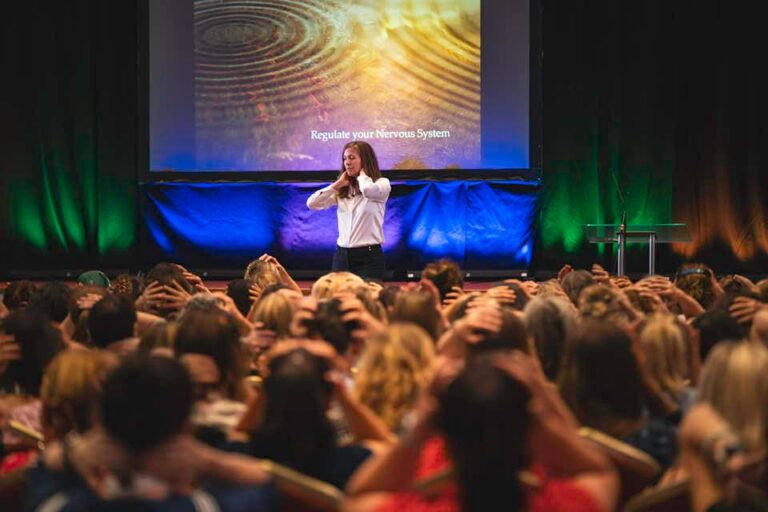Let’s continue our conversation …. As I mentioned in Part 1, the more we understand neuroscience, brain function, nervous system states, and what is really going on between the child and therapist, the more profound the integration that can occur for a child. And the more we can become the most important toy in the playroom. 🧠
Yes, we need to continue to hold space for the child as they work through challenges and offer them techniques to resolve what’s bothering them … but ultimately what matters is how the therapist shows up and engages with the information that surfaces in the sessions.
One of the key 🗝️ things you can do is focus on moving toward the challenging thoughts, emotions, and sensations arising in the play.
This deep level of engagement allows us to connect to ourselves and ultimately the child in a way that helps integrate the challenging thoughts, emotions, and sensations the child is experiencing inside. It also creates deep attunement; the kind of attunement that helps a child feel “felt” at a core level; the kind of attunement that reaches the child’s brain stem, so that they can begin to rewire from the bottom up. 🌱
In order for this level of attunement to occur, you must know how to attune to yourself… 👇
…You must know how to understand your own internal states of nervous system activation.
…You must know how to read the feedback (sensations, emotions, and thoughts) that arise in your body during the sessions when you’re playing with the child or watching the child play.
…You also have to know what to do with this information, instead of pushing it away or ignoring it.
Without learning about ourselves as the most important toy, we miss part of the magic 🎇 in the playroom and we miss understanding how play therapy actually works.
When we don’t understand and know how to work with our own internal states, we cut off access to a deeper level of intuitive knowledge available to us during the play and we miss the ability to fully connect with the child. We also increase the probability of burnout and compassion fatigue, because we aren’t taking care of the most important toy. 💡
The therapist is an untapped resource of knowledge. Remember, you have everything you need in any given moment to facilitate the process with your child client.
You just have to know how to understand the information being presented to you—information from the child and information that arises in you.
So next time you consider taking a play therapy course or reading a book on a play therapy technique, consider choosing one of the most important toys in the playroom—you! 🎨
Much love on the journey 💜
Lisa




